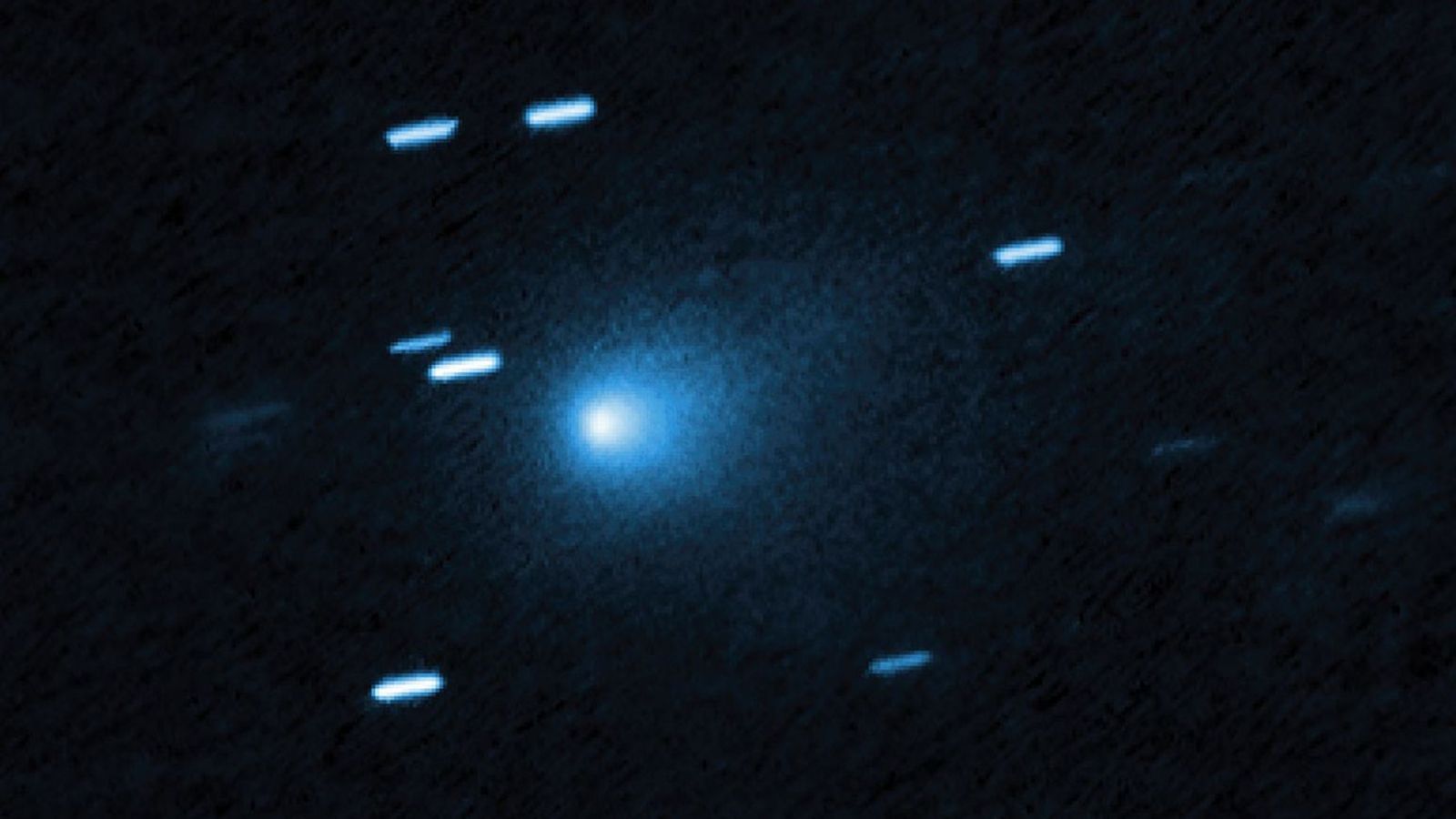Even after pouring $2 billion into its much-maligned Starliner spacecraft, NASA and Boeing remain committed to getting back off the ground.
As Ars Technica reports, the head of NASA’s commercial crew program, Steve Stich, revealed last week that Boeing and its propulsion supplier, Aerojet Rocketdyne, are making considerable changes to the astronaut shuttle following a disastrous first crewed mission to the International Space Station last year.
The spacecraft experienced several “in-flight anomalies,” forcing NASA to have it return to the Earth without NASA astronauts Suni Williams and Butch Wilmore, who were left stranded on board the International Space Station for nine long months as a result.
Boeing also faces intense competition. Starliner is being developed under the same NASA program as SpaceX’s far more successful Crew Dragon capsule, which has sent 11 crews to the ISS over the last five years.
And even with the anticipated retirement of the aging orbital lab, which is set to begin in 2030, NASA remains steadfast to get Starliner off the ground, something that’s not expected to happen until 2026, per Stich. That’s a whopping 11 years after Boeing officials originally expected the spacecraft to become operational.
“We really are working toward a flight as soon as early next year with Starliner, and then ultimately, our goal is to get into crew rotation flights with Starliner,” Stich told reporters. “And those would start no earlier than the second crew rotation slot at the end of next year.”
If all of this feels far too little, far too late, you’re not alone. Even with yet another massive delay, Boeing is looking to fly only cargo on board its Starliner spacecraft, meaning that the first successful crewed trip into orbit could be even further out.
The project appeared disastrous enough for NASA and Boeing to get close to dumping Starliner altogether last year. However, Boeing’s new CEO, Kelly Ortberg, breathed new life into the cursed spacecraft, claiming in April that it would be “pretty straightforward” to fix Starliner’s thruster issues.
Despite all its successful trips to the ISS, Musk announced last month that SpaceX would “immediately” begin shutting down its Dragon spacecraft, a kneejerk comment he made shortly after blowing up his relationship with president Donald Trump in spectacular fashion.
However, Musk reversed course mere hours later, agreeing to “cool off” and saying that “we won’t decommission Dragon.”
Nonetheless, the billionaire’s bromance with Trump continues to devolve into bitter fighting; nobody knows whether Musk will continue to help NASA man the aging space station.
Musk has also called on the space agency to destroy the ISS as soon as possible, erroneously arguing that “it has served its purpose.”
Where all that drama leaves Starliner, which has turned into a major headache for NASA, remains to be seen.
The Trump administration has already signaled that it’s looking to cut back the ISS’ budget considerably, making the capsule an extremely expensive and in some ways already obsolete afterthought.
More on Starliner: Boeing’s Starliner Disaster Was Even Worse Than We Thought, Astronaut Reveals
Source link


